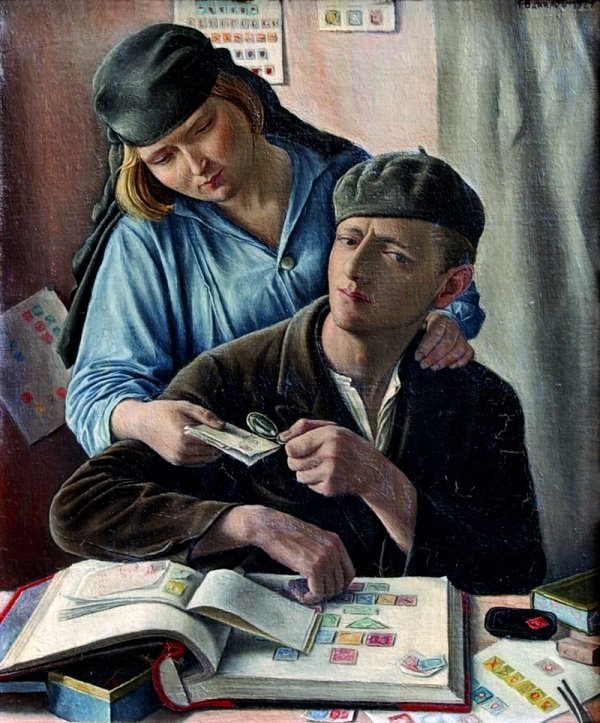
Philately is not only a hobby, a pastime, it is also art, science, the study of a very old didactic discipline, and ultimately, it is also a way of investment since there are stamps that have a remarkable value that increases with the passing of time.
In general terms we could define it as the classification and hobby of collecting postage stamps, envelopes and other postal documents that take different names: sheet block, whole sheet, and also, although it is not a widespread practice, other fiscal documents.
Many of these stamps represent part of the history of a country, of a region, or of a particular subject such as monuments, paintings, flora, fauna, ships, postal, social, political and economic history, etc. The list is very extensive and is what is called "thematic philately", i.e. the collection of postage stamps arranged by theme.

La filatelia no sólo es un hobby, un pasatiempo, también es arte, ciencia, es el estudio de una disciplina didáctica muy antigua, y en última instancia, es también un modo de inversión ya que existen sellos que tienen un notable valor que va aumentando con el pasar del tiempo.
En términos generales podríamos definirla como la clasificación y aficción por coleccionar sellos postales, sobres y otros documentos postales que toman distintos nombres: hojita block, hoja entera, y también aunque no sea una práctica muy difundida, otros documentos fiscales.
Muchos de estos sellos representan parte de la historia de un país, de una región, o de un tema particular como monumentos, pinturas, flora, fauna, naves, historia postal, social, política y económica, etc. La lista es muy extensa y es lo que se llama "filatelia temátoca", es decir la colección de sellos postales ordernados por temas.
Classic philately or thematic philately? / Filatelia clásica o filatelia temática?
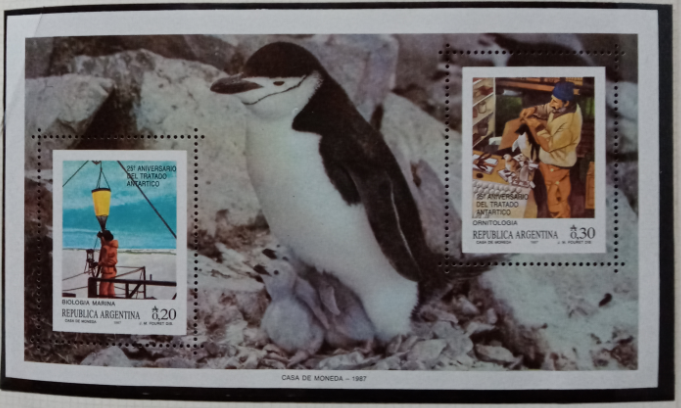
In my case specifically I have combined, for many years, two types of collections: the chronological, by countries and within this I include the two countries of which I keep the citizenship and in which I have spent much of my life as Italy and Argentina to which I have added Vatican City.
In my thematic collection, instead, I have included postage stamps of fauna, flora and flowers and paintings from all over the world.
In the first the thematic series dedicated to fauna, flora and flowers in general are about highlighting endemic biodiversity, protection of the fauna and flora of each country, protection of wild species around the world, endangered animal and plant species and similar topics.

Through its study and collection we can know when any animal species is considered in danger of extinction, and by inquiring to know when its existence and reproduction cannot be developed due to the end of a resource considered vital for its survival, either by the action of nature itself, climatic effects or by the direct or indirect action of man such as hunting, fishing, deforestation, etc. that produce changes altering the prevailing ecosystem.
In a previous paragraph I said that philately can be considered an art, since it is a means to express ideas and emotions in general with an aesthetic and/or artistic purpose through pictures, paintings, crafts and other works in general.
But it can also be considered as science since it helps a lot in the efforts of scientific dissemination, bringing science closer to the common user thus facilitating the understanding and collaboration between scientists (i.e. people with a higher than average level of study) and the general public (those who have a basic level of scientific culture).
Or as a specific topic in itself. The most timely example in this case are the postal issues called "Europa" issued annually by the PostEurop organization since its founding in 1993.
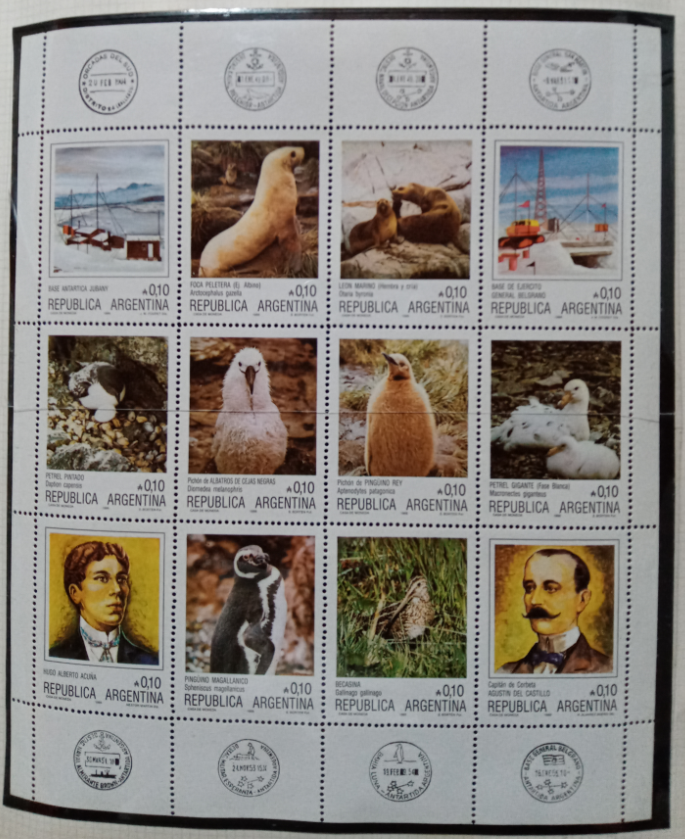
These stamps have become very popular and are among the most collected stamps in the world and even have specific catalogs where each member country presents a stamp (or set of stamps) with its own design.
Since 2002, a competition has been organized to determine the best stamp, and since the 2011 edition, a parallel prize is awarded to the best stamp selected by a jury of philatelic experts. The themes have been so vast that they range from the initial "Contemporary Art" in 1993 to "Ancient Postal Routes" in 2014 from 2020 where Turkey won the prize as Best Stamp voted by the public -on line- and Poland won the Best Prize voted by a philatelic jury.
Since the dawn of the postal service, philately has gradually tried to recapture these sectors of culture, which have become a true passion.
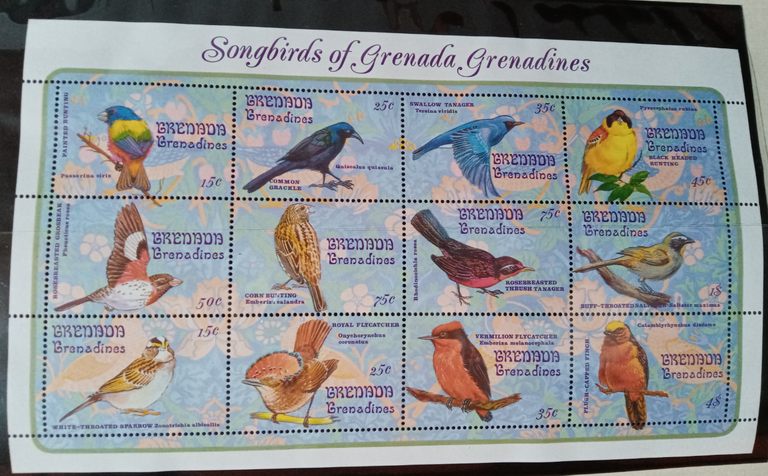
En mi caso específicamente he combinado, desde hace muchos años dos tipos de colecciones: la cronológica, por países y dentro de esta incluyo los dos países de los cuáles conservo la ciudadanía y en los cuáles he pasado gran parte de mi vida como Italia y Argentina a los cuáles les he agregado Ciudad del Vaticano.
En mi colección temática, en cambio, he incluído sellos postales da fauna, flora y flores y pinturas de todo el mundo.
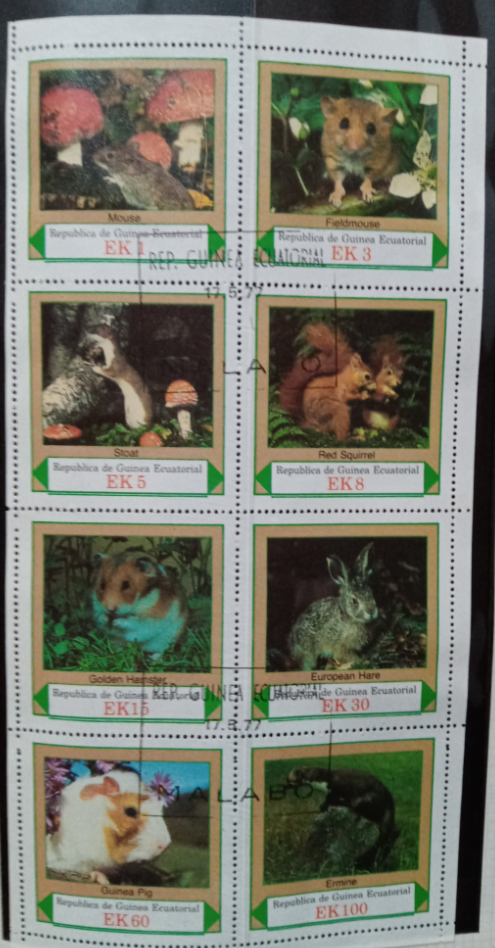
En el primer las series temáticas dedicadas a fauna, flora y flores en general tratan en general de destacar biodiversidades endémicas, protección a la fauna y a la flora de cada país, protección de especies silvestres en todo el mundo, especies animales y vegetales en vías de extinción y temas similares.
A través de su estudio y colección podemos saber cuando se considera en peligro de extinción a una especie animal cualquiera, e indagando conocer cuando su existencia y reproducción no se puede desarrollar por la finalización de un recurso considerado vital para su supervivencia, ya sea por la acción de la naturaleza misma, de los efectos climáticos o por la acción directa o indirecta del hombre como la caza, la pesca, la desforestación, etc que producen cambios alterando el ecosistema reinante.
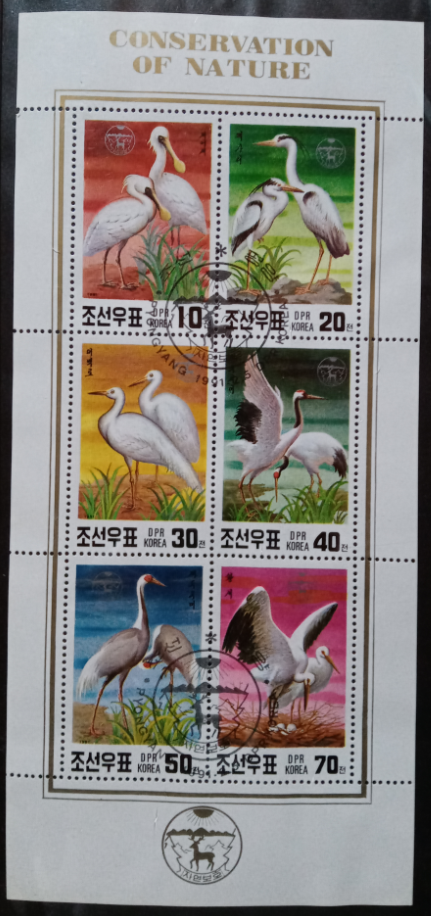
En un párrafo anterior decía que la filatelia puede ser considerada un arte, ya que es un medio para expresar ideas y emociones en general con una finalidad estética y/o artística a través de cuadros, pinturas, artesanías y otras obras en general.
Pero también puede ser considerada como ciencia ya que ayuda mucho en los esfuerzos de divulgación científica, acercando la ciencia al usuario común facilitando de esta manera la compresión y colaboración entre científicos (es decir personas con un nivel de estudio superior al promedio) y público en general (aquellos que tienen un nivel de cultura científica básico).
O como un tema específico en si mismo. El ejemplo más puntual en este caso son las emisiones postales denominadas "Europa" emitida anualmente por la organización PostEurop desde su fundación en 1993.
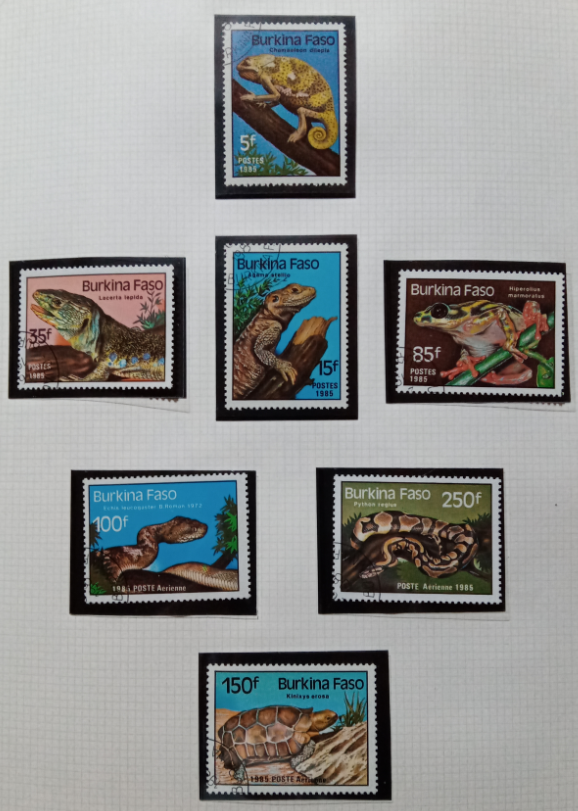
Estos sellos han alcanzado gran popularidad y se encuentran entre los más coleccionados en todo el mundo contando incluso con catálogos específicos donde cada país miembro presenta un sello (o conjunto de ellos) con un diseño propio.
Incluso desde el año 2002 se organiza un concurso para establecer cuál es el mejor sello y a partir de la edición del año 2011 se otorga paralelamente un premio al mejor sello seleccionado por un jurado de expertos filatélicos.
Los temas han sido tan vastos que van del inicial "Arte Contemporáneo" de 1993 a "Antiguas rutas postales" del 2014 del 2020 donde Turquía ganó el premio como Mejor Sello votado por el público -on line - y Polonia ganó el Mejor Premio votado por un jurado de filatelia.
Desde los albores del servicio postal la filatelia trató poco a poco de ir reconquistando estos sectores de la cultura que se fueron transformando en una verdadera pasión.
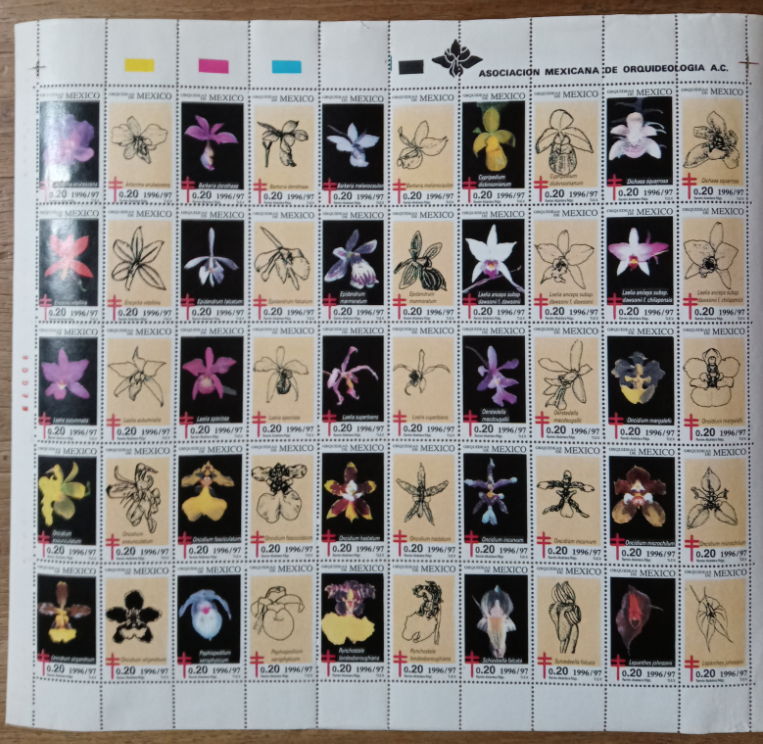
The origin of postage stamps. / El origen de los sellos postales.
There is a very curious anecdote that recalls the birth of the first postage stamp. It is said that Sir Rowland Hill, a British schoolmaster, while walking in the English countryside, entered an inn and while eating, he noticed the arrival of the letter carrier with a letter for the innkeeper.
The latter looked at the letter and returned it to the master saying that he was not interested in it. At that time the cost of the mailing was paid by the addressee according to the number of kilometers traveled from the time the letter was sent to the time it was received.
After the meal, when paying, Rowland Hill, in an altruistic gesture, added a few more pennies to the bill to pay for the postage. The innkeeper laughed and told him that she had refused the letter because of lack of money, but because with her sister who lived in another county they had stipulated a kind of code in which the name of the addressee was written in one type of handwriting, the street address in another and the city of destination in another. In this way, depending on the handwriting, he could tell if his family was in trouble or if they were all well.
When he returned home Rowland Hill began to meditate on the idea of creating a stamp with a prepaid face value, that is to say at the expense of the person who sent the correspondence.
A national contest was held and his idea prevailed, thus giving rise to the first postage stamp in history: the Penny Black, with a notorious difference from today's stamps. It had only two words written: Postage and One Penny on a black background on which the effigy of Queen Victoria of England stood out.
He argued that the name of the country, in this case England, was not necessary because its queen was so well known all over the world that it was superfluous to clarify her country of origin. It was issued by the United Kingdom on May 1, 1840 and began to be used effectively for postal items a few days later, on May 6, 1840.
Of the sixty-eight million issued, one and a half million survived in the hands of collectors before it was withdrawn from circulation in 1841.
To give us an idea of its value as an investment, this stamp according to the most prestigious catalogs such as Scott or Ivert-et-Tellier has a value of around 350,000 USD.
Hay una anécdota muy curiosa que recuerda el nacimiento del primer sello postal. Se dice que sir Rowland Hill, maestro británico, de paseo por la campaña inglesa, entró en una posada y mientras comía observó la llegada del cartero con una carta para la posadera.
Esta miró la carta y la restituyó al mitente diciéndole que no le interesaba. En ese momento el costo del envío postal lo pagaba el destinatario de acuerdo a la cantidad de kilómetros atravesados desde su envío hasta su recepción.
Terminada la comida, al pagar, en un gesto altruista Rowland Hill agregó a la cuenta algunos peniques más para pagar el envío postal. La posadera se echó a reir diciéndole que había rechazado la carta por falta de dinero sino porque con su hermana que vivía en otro condado habían estipulado una especie de código en el cuál el nombre del destinatario era escrito en un tipo de caligrafía, la dirección de la calle en otro y la ciudad de destino en otra. De esta manera, según fuera la escritura se daba cuenta si su familia tenía problemas o estaban todos bien.
Cuando regresó a su casa Rowland Hill comenzó a meditar en la idea de crear un sello con un valor facial prepago, es decir a cargo de quien enviaba la correspondencia.
Se hace un concurso nacional y prevalece su idea dando origen de esta manera al primer sello postal de la historia: el Penny Black con una notoria diferencia de los sellos actuales. Tenía escritas solo dos palabras: Postage y One Penny sobre un fondo negro en el cuál resaltaba la efigie de la reina Victoria de Inglaterra.
Aducía que no era necesario el nombre del país, en este caso Inglaterra, porque su reina era tan conocida en todo el mundo que resultaba superfluo aclarar su país de proveniencia. Fue emitido por el Reino Unido el 1 de mayo de 1840 y comenzó a usarse efectivamente para los envíos postales pocos días después, el 6 de mayo de 1840.
De los sesenta y ocho millones de ejemplares emitidos sobrevivien aún un millón y medio en mano de coleccionistas, antes de que fuera retirado de la circulación en el año 1841.
Para que tengamos una idea de su valor como inversión este sello según los catálogos más prestigiososo como el Scott o el Ivert-et-Tellier tiene un valor que ronda los 350.000 USD
The postage stamp as an investment. / El sello postal como inversión.
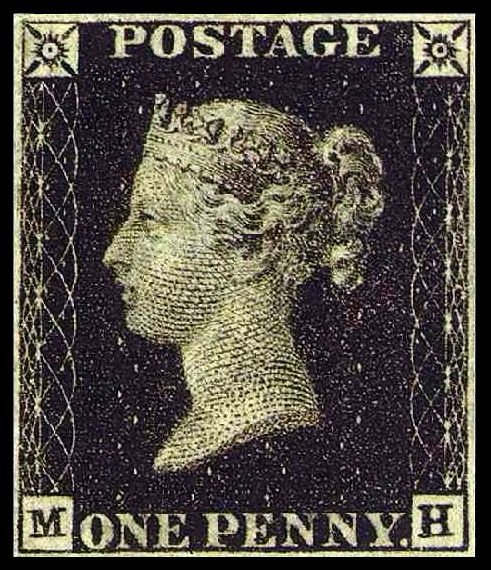
There are other stamps that because of their rarity and not because of their antiquity are worth more because when a flaw was detected they were immediately withdrawn from circulation and the quantity issued was very small.
Like the pale purple matte stamp of Edward VII of 1904 withdrawn from circulation on the sixth day of being issued sold by the Stanley Gibbons agency in 2010 for 400,000 pounds sterling.
But the "king of all", the supreme jewel of any collector in the world, the 1/100th stamp of British Guiana called "Black on Magenta" issued in 1856 by the British colony, as an extra to the English stamps. A century later British Guiana (in 1966) would become independent from the United Kingdom.
The last auction of this rarity was in the middle of this year, June 2021. The sale was conducted by Sotheby's and the buyer was the well-known London stamp dealer Stanley Gibbons who paid $8,300,000 Its previous owner had acquired it in 2014 for $9,480,000. It was the first time this stamp was sold below its previous value.
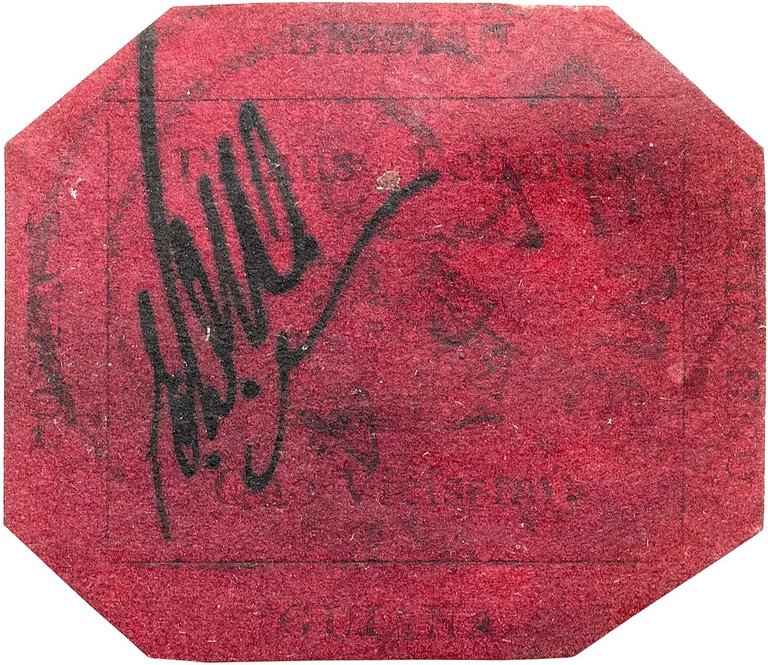
Hay otros sellos que por sus rarezas y no por su antiguedad valen más ya que al detectarse una falla fueron retirados de inmediato de la circulación y la cantidad emitida fue muy pequeña.
Como el sello pálido púrpuro mate de Eduardo VII de 1904 retirado de la circulación al sexto día de ser emitido vendido por la agencia Stanley Gibbons en el año 2010 por 400.000 libras esterlinas.
Pero el "rey de todos", la joya suprema de cualquier coleccionista del mundo, el sello de 1 centésimo de la Guayana Británica llamado "Negro sobre Magenta" emitido en 1856 por la colonia británica, como un extra a los sellos ingleses. Un siglo más tarde la Guayana Británica (en 1966) se independizaría del Reino Unido.
La última subasta de esta rareza fue a medidados de este año, junio de 2021. La venta fue realizada por Sotheby's y el comprador fue el conocido distribuidor de sellos londinense Stanley Gibbons que pagó 8.300.000 dólares Su dueño anterior lo había adquirido en el 2014 por 9.480.000 dólares. Fue la primera vez que este sello se vendió por debajo de su valor anterior.


